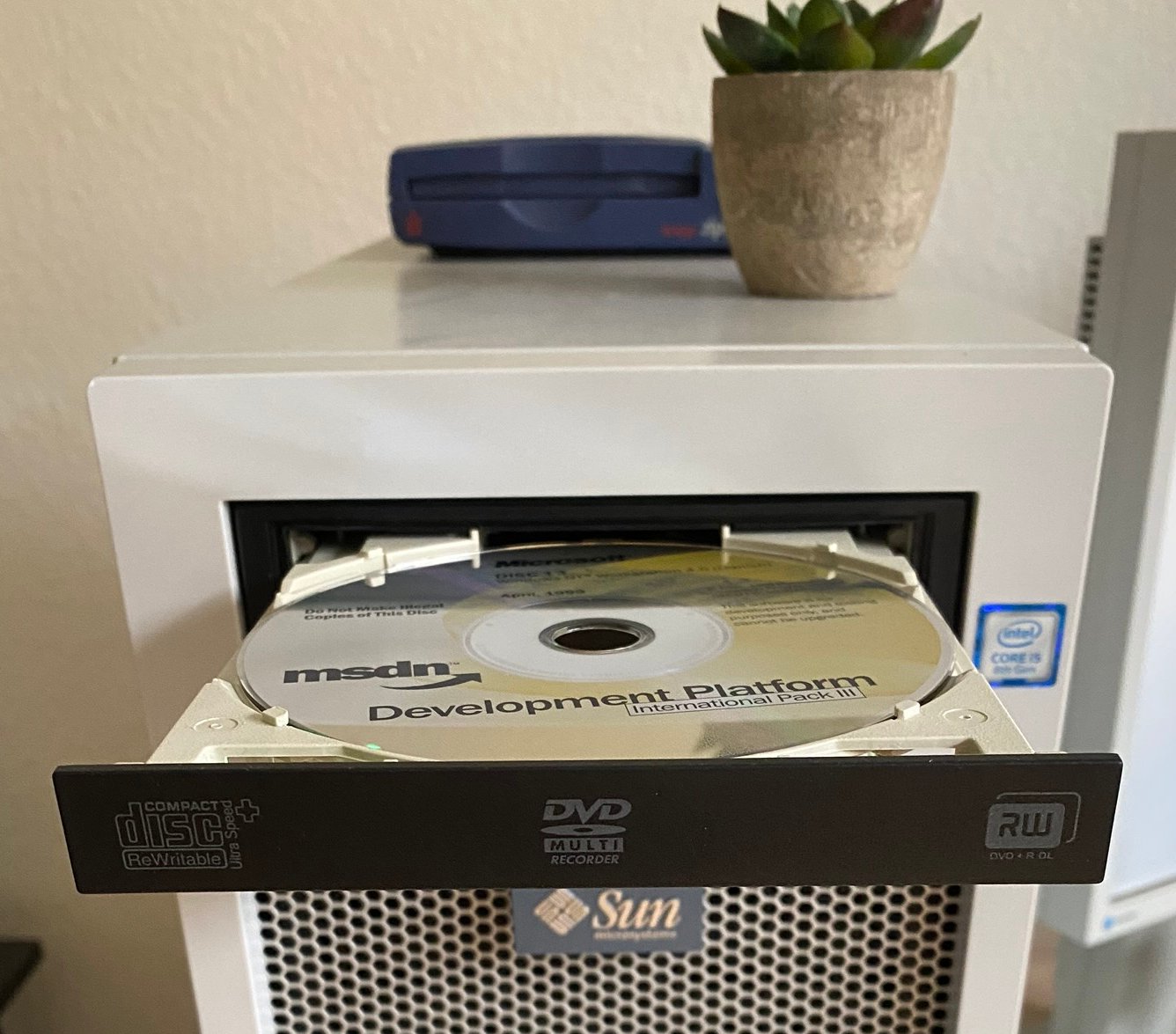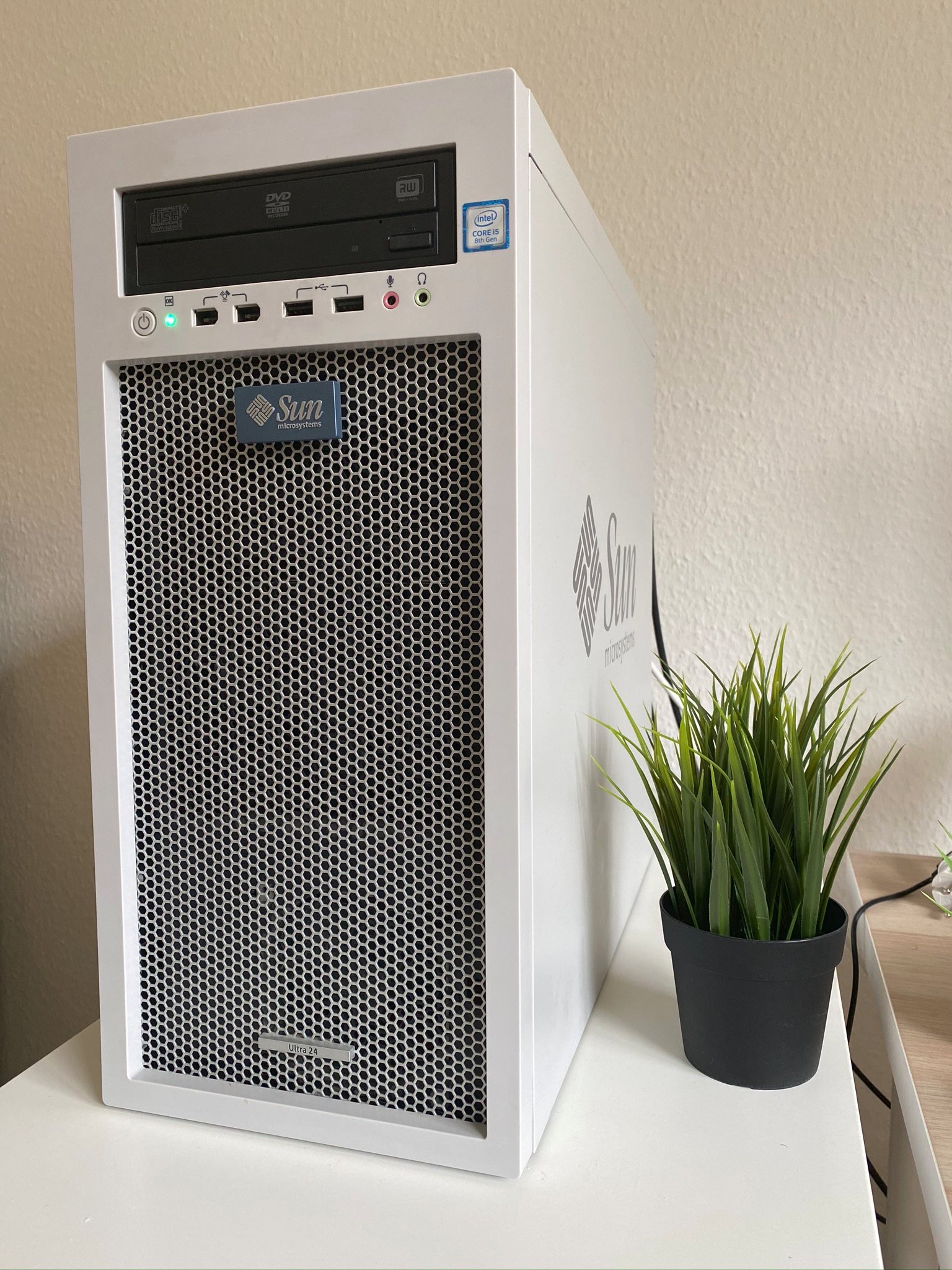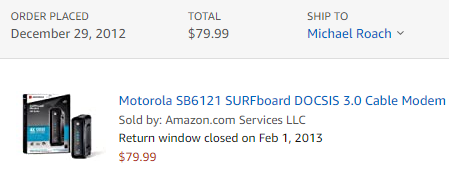
Nintendo 64 Modernisation

For the 5th generation of consoles, our mum surprised us for Christmas. I still remember the feeling of shock and amazement as we unwrapped something we couldn’t have even asked for: a Sony PlayStation. What an amazing console! We had such a blast playing that. Crash Bandicoot, Spyro, Warhawk, Metal Gear Solid, and dozens more.
Having a PlayStation meant that there was one downside, if you can even call it that: I didn’t experience Nintendo 64 in its heyday. In the early 2000s I did get one from a friend for some reason – I think I traded him for a modded Xbox? But I never really played it.






